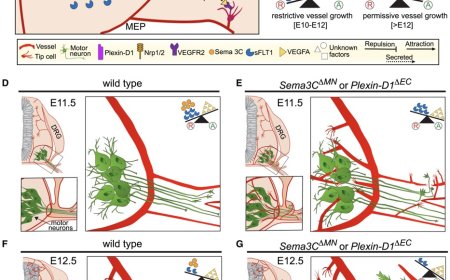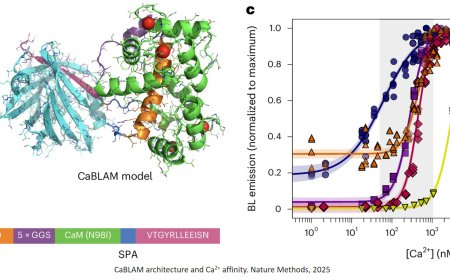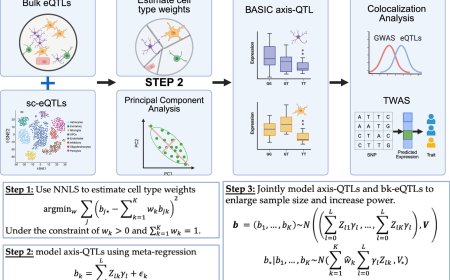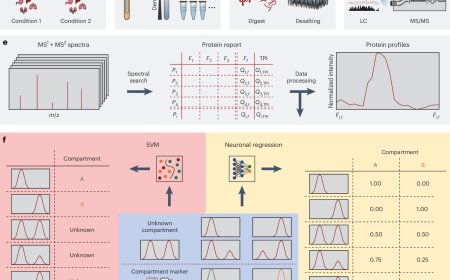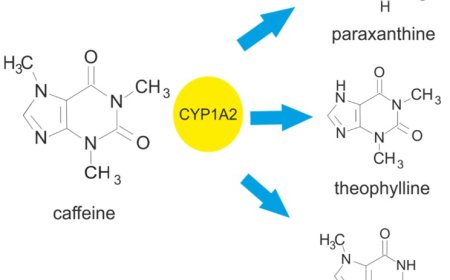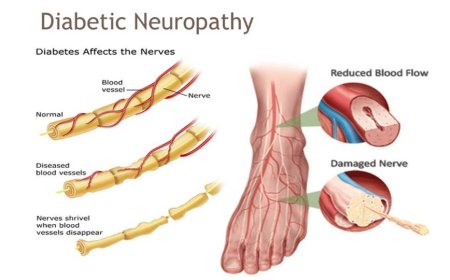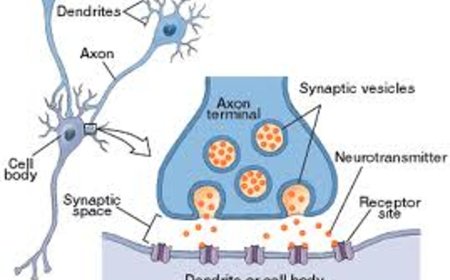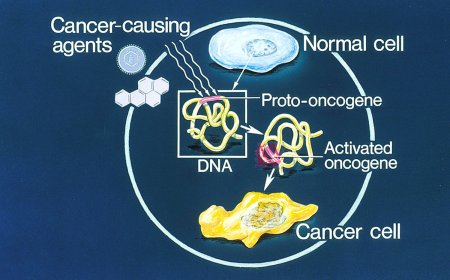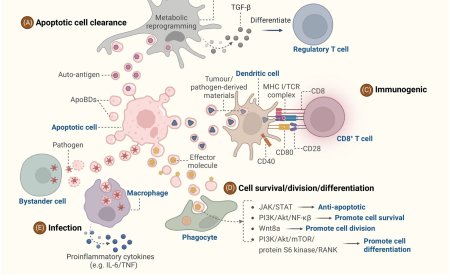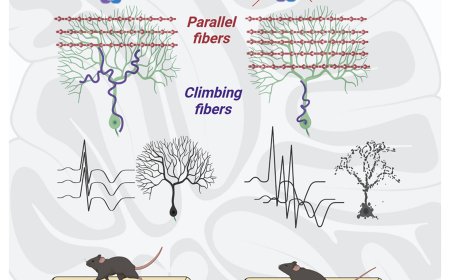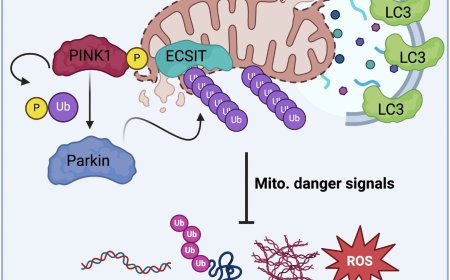Mitochondrial morphology and cellular physiology
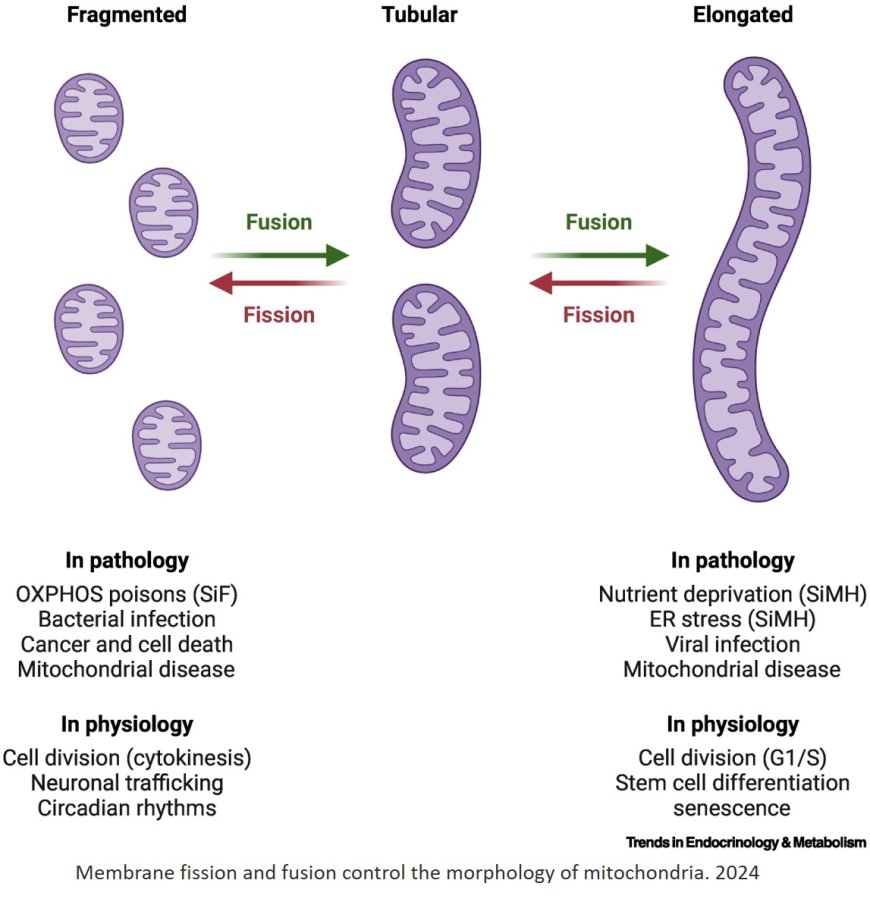
Mitochondrial shape changes occur in a wide range of physiological and pathological contexts and are thought to influence cell and tissue homeostasis.
The fission, fusion, and transport of mitochondria are required for physiological processes, and genetic, chemical, and infectious lesions can disrupt the activity of mitochondrial-shaping proteins, leading to imbalanced mitochondrial dynamics associated with disastrous phenotypic outcomes at the level of the cell, tissue, and organism.
Correlative studies linking mitochondrial form and function have relied largely on chemical and genetic perturbations of mitochondrial-shaping proteins, all of which exercise pleiotropic functions in other facets of organelle biology, making it challenging to ascribe the resulting mitochondrial and cellular dysfunctions to mitochondrial network dysmorphology.
https://www.cell.com/trends/endocrinology-metabolism/fulltext/S1043-2760(24)00123-1
https://sciencemission.com/mitochondrial-morphology-and-cellular-physiology
